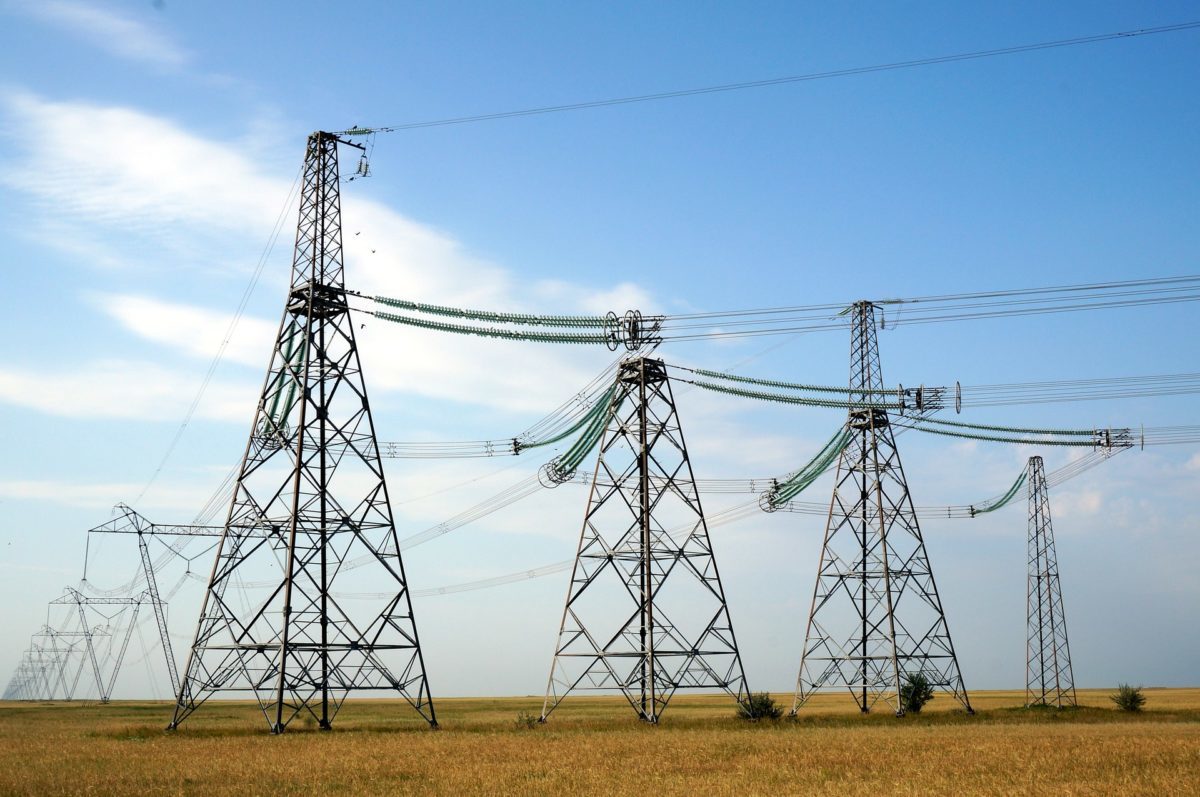Power electronics interfaced electricity generators such as solar PV or other renewables like wind offer some profoundly different electrical properties than fossil fuel generators. Network operators in some advanced markets have already stepped up, demanding from power electronics suppliers ever more advanced algorithms to maintain grid stability despite high PV penetration.
Market researchers IHS Markit issued a white paper titled “Grid stability: How PV inverters can help overcome challenges in the 21st century,” in which the analysts' asset that inverter suppliers will need to equip their products with increasingly more functionality. Cumulative global PV capacity increased from 241 GW in 2015 to 758 GW in 2020, shifting the ratio of synchronous generation and power electronics interfaced generation so far that inverters are due for a set of technology updates.
In the leg ahead of the energy transition, technologies such as reactive power control, dynamic transient behavior, virtual power plants, vehicle-to-grid, and artificial intelligence will take center stage and enable PV to maintain stable grid supply.
The white paper notes several power outages of vast scale over the last two years in the U.K. and Australia. These happened partly due to the lack of inertia and power electronics lack of capability to maintain grid stability, leading to cascading events. However, this is not the end of the energy transition, of course, but rather the start of a new set of functions that will come with grid-tied inverters in the future. IHS Markit says that utility-scale PV assets, especially in combination with battery storage, will provide ancillary services, such as frequency containment, or inertia, to the grid, should they be needed. This is already happening to some degree, but innovations from power electronics suppliers and market adaptations from regulators will advance this development path.
Already, the authors state that in China, the regulator had recently updated its GB/T 37408 “Technical requirements for photovoltaic plants grid-connected inverter” in December last year. In this update, PV inverters are required to maintain active output power during high voltage ride-through and the capability to adjust voltage range in regular grid operation. China is not alone, as similar updates to grid codes and connection requirements have been made in California, called “Rule 21,” and in Spain, Germany and Australia, to name but a few.
According to the market analysts, modern PV inverters are equipped to work in weaker grid environments than has been the case before. One metric network regulators always watch closely is a plant's short circuit ratio. In North America, requirements prompted by the North American Electric Reliability Corporation have led power electronic manufacturers to make bespoke redesigns of their products to comply with the grid codes.
In addition to power electronics taking on ancillary services, IHS Markit's analysts expect microgrids to replace legacy grids. This has already been the case in some hurricane struck regions in the Caribbean. New products tailored to a microgrid's needs on islands such a Haiti will emerge and ensure supply that is more reliable than their predecessors.
On top of that comes that PV resources are often distributed. With power generation assets scattered around the country, the aggregation will become a key feature of power electronics to balance supply and demand over longer geographic distances. Aggregating PV and storage assets means that distributed solar can become a dispatchable power source. To realize this, power electronics will improve on their communication interfaces, interoperability capabilities and data analysis, the white paper authors conclude.
This content is protected by copyright and may not be reused. If you want to cooperate with us and would like to reuse some of our content, please contact: editors@pv-magazine.com.




1 comment
By submitting this form you agree to pv magazine using your data for the purposes of publishing your comment.
Your personal data will only be disclosed or otherwise transmitted to third parties for the purposes of spam filtering or if this is necessary for technical maintenance of the website. Any other transfer to third parties will not take place unless this is justified on the basis of applicable data protection regulations or if pv magazine is legally obliged to do so.
You may revoke this consent at any time with effect for the future, in which case your personal data will be deleted immediately. Otherwise, your data will be deleted if pv magazine has processed your request or the purpose of data storage is fulfilled.
Further information on data privacy can be found in our Data Protection Policy.